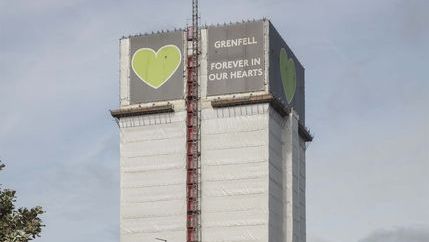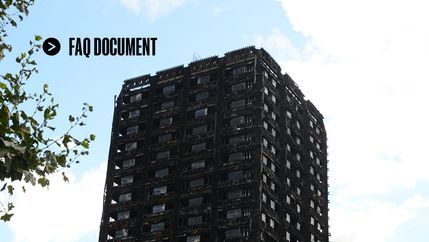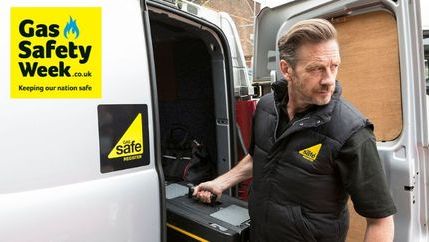
The Department of Justice and Home Affairs (DJHA) is concerned that Jersey is at risk of falling behind the rest of the UK on the frequency of routine fire safety checks, the provision of fire safety information to residents, and the quality of information available to the fire and rescue services to help them tackle blazes in higher-risk buildings.
Jersey has around 125 tall residential buildings, defined as 11 meters tall or above, which contain a total of approximately 4,000 flats. A voluntary scheme has been in place for owners and managers to comply with The Fire Safety (England) Regulations since 2024, and whilst many meet some or all of the English standards, the absence of legal requirements risks inconsistency, lower maintenance standards, and weaker emergency readiness over time.
Legislating for best practice
As in England, Jersey fire safety laws already refer to a Responsible Person (RP) who has the ultimate duty to comply with fire safety legislation. Under the new Regulations, the RP will be given new duties, including:
- Prepare floor and building plans and share them with the fire and rescue service
- Install a secure information box with details of key facilities and equipment used by fire and rescue services
- Conduct quarterly inspections of lifts and key firefighting equipment (when it’s present)
- Install wayfinding signage to assist residents and fire and rescue services
- Provide fire safety information to residents
- Inspect communal fire doors every 3 months and rectify any faults
- Use ‘best endeavours’ to inspect individual flat entrance doors every twelve months and rectify any faults
- Install or improve key firefighting equipment if requested by the fire and rescue service
Read the full details on gov.je →
The Government of Jersey aims to debate the Regulations in the States Assembly at the end of 2025 or the start of 2026. If approved, there would be a significant period before the regulations commence to allow building owners and managers and the fire and rescue service to be ready.
Differences from the English regulations
The proposed regime is based on the current legislation in England; however, there are some key alterations. Maybe most importantly, in England, regulations apply to residential buildings containing two or more domestic premises, depending on the height of the building, with most requirements only applied to those over 18 meters. In Jersey, all requirements will apply to all residential buildings 11 meters tall and above, a similar approach to that taken in Scotland.
Another notable difference is that RPs will not be required to provide information about the design and materials of the external walls. Evidence from England shows that carrying out PAS 9980: Fire Appraisal of Walls and Cladding of Flats reviews can be very costly, and the Minister hopes to avoid this by encouraging RPs and the fire and rescue service to work together on detailed reviews of available design documentation instead.
Additionally, checks of firefighting lifts and equipment will be less frequent – every quarter instead of every month - and include fewer pieces of equipment. RPs will not need to check fire detection and alarm systems or automatic door release mechanisms.
Enforcement
Once the regulations are in place, the fire and rescue service will carry out a risk-based inspection programme each year, prioritising those buildings with the greatest risk.
If the building is not compliant, the Responsible person will be informed and given informal advice and guidance on how to put it right. Persistent breaches and failure to take action to resolve gaps in compliance could result in prosecution.







